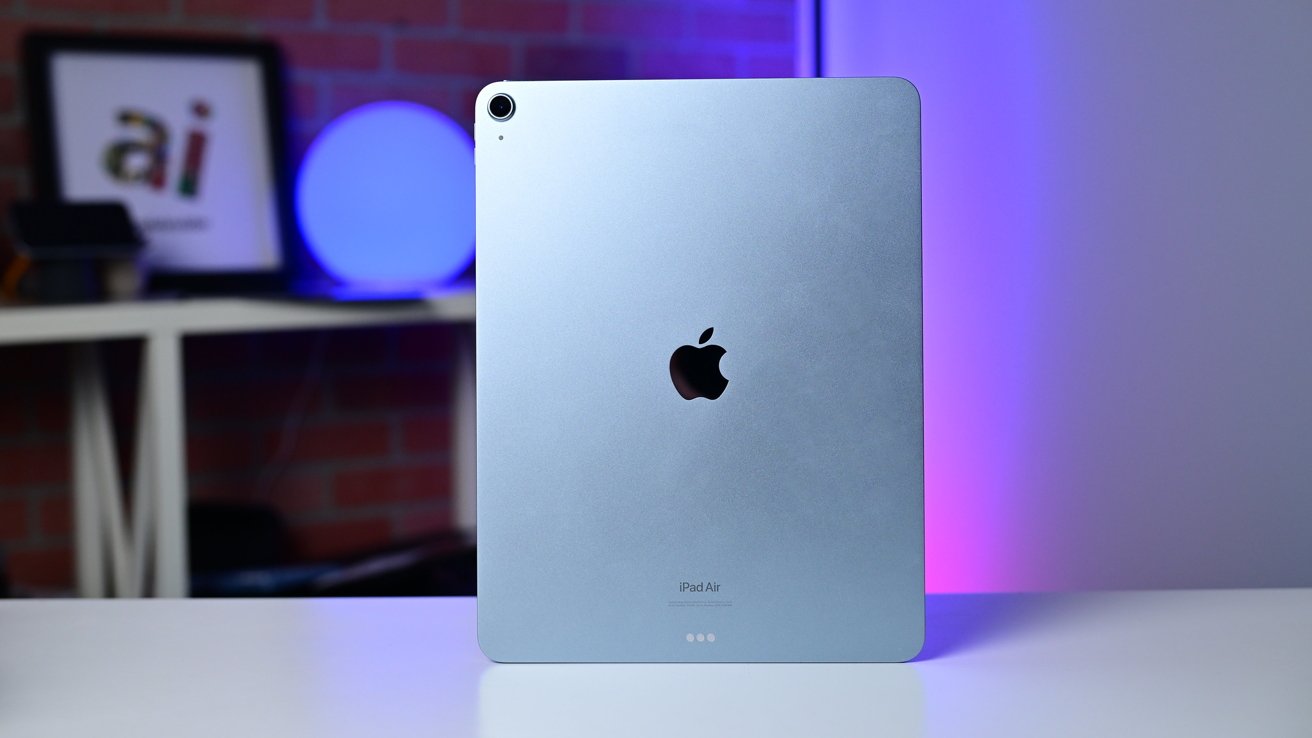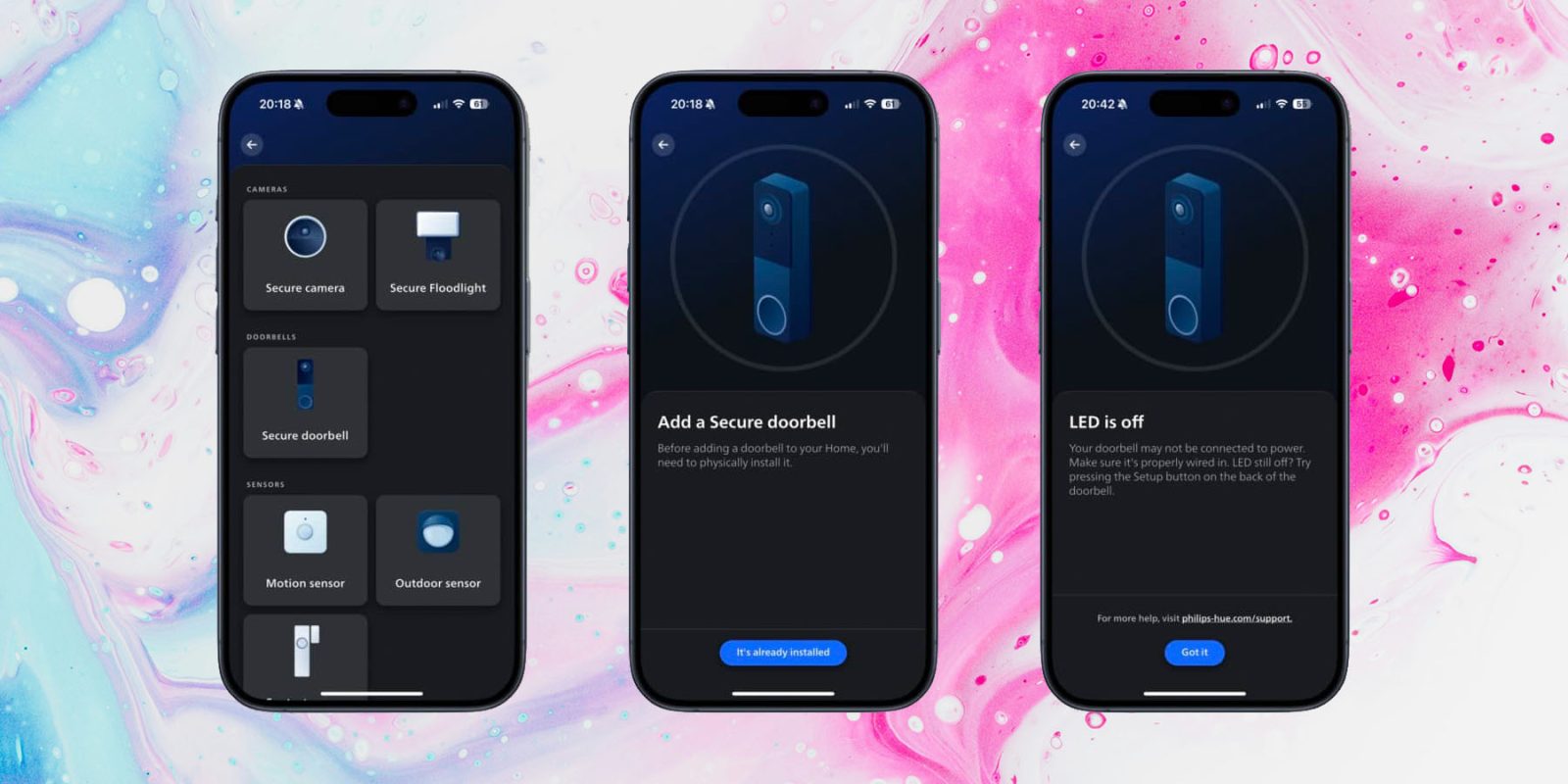Apple’s iPad lineup exemplifies the “good, better, best” pricing strategy, offering products across three tiers to cater to diverse consumer preferences. Traditionally, this approach aims to guide consumers toward the mid-tier option by presenting it as a balanced choice between affordability and premium features. However, recent trends indicate a deviation from this model, with consumers gravitating toward the extremes of the pricing spectrum.
Understanding the “Good, Better, Best” Pricing Model
The “good, better, best” pricing strategy involves offering a basic product (“good”), an enhanced version with additional features (“better”), and a premium model with the most advanced features (“best”). This tiered approach is designed to appeal to a broad customer base, allowing individuals to select a product that aligns with their needs and budget. Typically, the mid-tier “better” option is positioned as the optimal choice, balancing cost and functionality.
Consumer Behavior in Apple’s iPad Market
Contrary to the conventional expectations of the “good, better, best” model, Apple’s iPad sales data reveals a different consumer behavior pattern. According to a report by Consumer Intelligence Research Partners (CIRP), over the past five years, the iPad Pro, representing the “best” tier, accounted for between 38% and 48% of all U.S. iPad sales. This indicates a strong consumer preference for the premium model, challenging the traditional bell-curve distribution where the mid-tier product garners the most sales.
In 2024, the entry-level iPad, representing the “good” tier, experienced a significant surge, capturing 38% of U.S. unit sales and matching the iPad Pro’s share. This increase is likely attributed to the release of the 10th-generation iPad in late 2022, which offered enhanced features at a competitive price point. This trend suggests a growing segment of cost-conscious consumers opting for the more affordable option.
Factors Influencing Consumer Preferences
Several factors contribute to this shift in consumer behavior:
1. Brand Perception and Loyalty: Apple has cultivated a premium brand image, leading consumers to associate higher-priced products with superior quality and innovation. This perception encourages customers to invest in top-tier models to access the latest features and technologies.
2. Technological Advancements: The rapid pace of technological innovation means that higher-end models often offer significant improvements over their predecessors. Consumers seeking the most advanced features are more inclined to choose premium models.
3. Economic Considerations: The recent surge in entry-level iPad sales suggests that economic factors, such as budget constraints, influence purchasing decisions. The availability of a capable and affordable option appeals to a segment of consumers prioritizing cost over premium features.
4. Product Differentiation: The distinct differences between the entry-level and premium models make the mid-tier option less appealing. Consumers may perceive the “better” option as lacking the advanced features of the “best” model while not being significantly more affordable than the “good” model.
Implications for Apple’s Pricing Strategy
The observed consumer trends have several implications for Apple’s pricing and product development strategies:
– Reevaluating the Mid-Tier Offering: The underperformance of the mid-tier iPad Air suggests a need to reassess its value proposition. Enhancing its features or adjusting its price point could make it more attractive to consumers seeking a balance between affordability and advanced capabilities.
– Emphasizing Entry-Level and Premium Models: Given the strong performance of the entry-level and premium models, Apple may focus on further differentiating these products to cater to their respective target audiences effectively.
– Marketing Strategies: Tailoring marketing efforts to highlight the unique benefits of each tier can help consumers make informed decisions aligned with their preferences and budgets.
Conclusion
Apple’s experience with the “good, better, best” pricing strategy in the iPad market underscores the importance of understanding consumer behavior and preferences. The trend toward the extremes of the pricing spectrum suggests that consumers are either seeking the most advanced features available or prioritizing affordability. By analyzing these patterns, Apple can refine its product offerings and pricing strategies to meet the evolving demands of its customer base.



